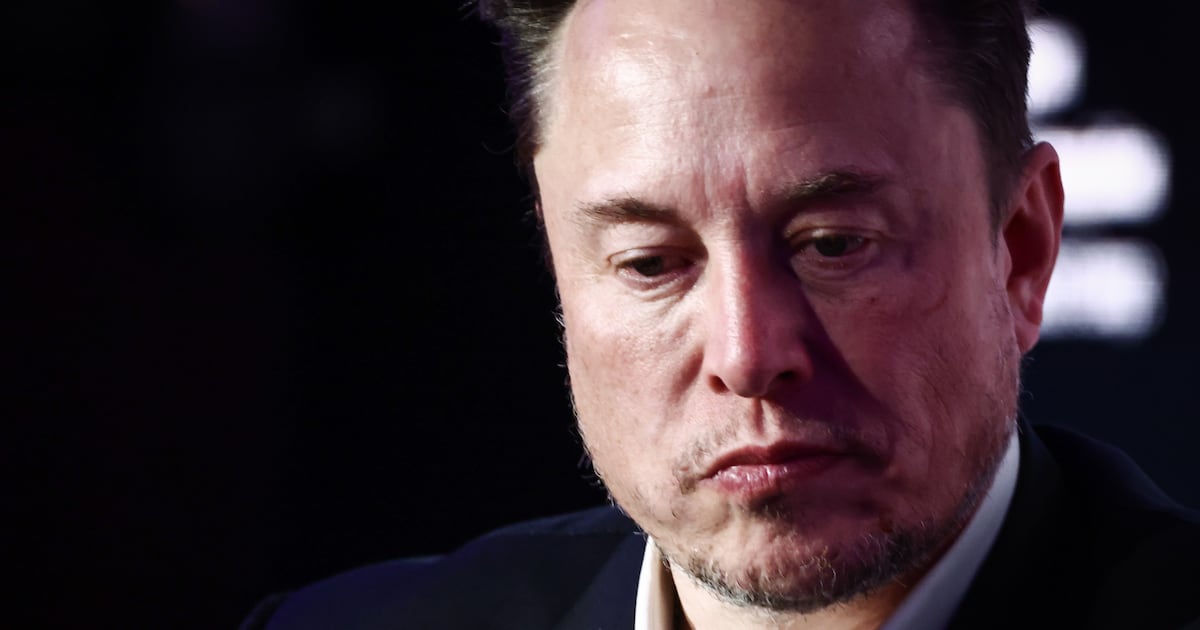The makers of the most viral video of all time released a sequel yesterday, and I watched it, wincing, hoping I wouldn’t have to endure another round of tow-headed white kids in Southern California sputtering their spoon-fed lines about “the bad man,” aka Joseph Kony, leader of the Lord’s Resistance Army.
So yeah, I was a cynic. That first video, the one that reached 100 million views faster than any other one, ever—I found it annoying. Annoying that there were hardly any African kids in it, when the whole point of it was supposed to be about “Invisible Children” suffering in Africa. Annoying that it glossed over the fact that Joseph Kony is no longer in Northern Uganda and hasn’t been for years; that this omission seemed deliberate, seemed such an obvious way to get people to keep sending money to a charitable organization that only returns one-third of donations to the country it’s supposed to be dedicated to helping, as I found out later. I found it annoying, most of all, at what that video really said about this country: that this is what it takes to get white people involved in Africa, at least in a major way. To trick them into giving a shit.
Charity co-founder Jason Russell told The New York Times after the video’s launch that Invisible Children considered itself the “Pixar” of human-rights stories, which was effectively an outright confession: this was a cheesy after-school special disguised as a documentary film, a propaganda effort using mostly white people as props, to tug at the heartstrings of other white people, to say “Look, these white people care about this. You should too.”
So I have to admit I did a little happy dance when Russell cracked. It seemed to me that he’d finally succumbed to so many confrontations with the truths that he’d skimmed past in this film. And even though fellow Invisible Children executive Jedidiah Jenkins’a poorly timed jokes on YouTube were pretty obviously a bad parody of that criticism, I felt smug about that, too.
But here’s where my cynicism has since given way to some awe: the ploy worked. Call them “slacktivists” all you want, rip on all those people who made #stopkony trend on Twitter, lambaste them for not really knowing a thing about what’s happening in Uganda. But they really did accomplish something. They got Congress to pass a joint resolution condemning Kony, and a few days after that, they got the African Union to agree to send in 5,000 troops to hunt for the guy.

Would all this have happened without Gavin Danger Russell and his dad portraying themselves as some kind of white saviors of Africa? I doubt it.
Sadly, it really does take white protagonists to get white people to care about this kind of stuff, at least in huge, white numbers. And massive (white) public awareness like that puts real pressure on (white) politicians to act. For every 100 people who lazily retweeted, if just one of them actually sent an email or a letter to their congressman, it provided the political cover our weak-kneed lawmakers need to stand up for something. I have no idea if the African Union was already planning to mobilize troops or if Hillary Clinton herself put in a few phone calls because Chelsea made her watch the video. But the timing of this announcement can’t be a coincidence.
None of this is to say I really know much about Northern Uganda, or Africa as a continent, to be very clear. I don’t know if the upshot of this amazing awareness campaign is going to get ugly, if another warlord or the Ugandan military might be empowered as a result and wind up just as bad as Kony or worse. But no one can disagree that Kony and his forces should be hunted down, and that Invisible Children is helping to get that done.
In the second video, the charity does a much better job of making that case. It opens with clips of the criticism, but fires quickly back, with former Ugandan presidential candidate Norbert Mao emphasizing that “this one grabs you by your gut, and shakes you, until you are forced to pay attention.” Gone is Jason Russell and his kid, gone the self-aggrandizing references to his own role as some kind of hero of Africa.
This time, what we see is mostly black people, mostly Africans. There are references to other genocides, other problems in the world. An acknowledgement that this is a complex issue, and that it’s not the world’s only problem. There’s context about failed peace talks with Kony, and clarity about the failure of the Ugandan military’s efforts to solve the problem he has created. And perhaps most important, there’s better information about what happens to all that money people are donating to Invisible Children besides paying the salaries of its founders and funding their filmmaking efforts (which are a central piece of the mission): building schools, hanging flyers from trees to encourage LRA members to flee the army, paying for a radio warning system so that villagers can know when Kony’s men are close.
There are also some specific calls to action for viewers: write to your leaders to urge them to support tracking Joseph Kony, who Invisible Children says is currently displacing 400,000 people and still holding captive hundreds of women and children.
And if Kony isn’t your cause, find one.
“Stopping injustice around the world is far bigger than stopping the LRA,” CEO Ben Keesey says in the voice-over. “My story led to this purpose; wherever your story leads you, go there.”
I’ve gotten into several interesting debates with friends about Invisible Children since the first Kony2012 video dropped. Before that happened, I had no idea who the guy was. Even now, and even with Kony at the top of the International Criminal Court’s most-wanted list, I’m not sure it’s the planet’s most important issue, but there’s nothing wrong with a bunch of kids lining up to support the world’s 14th most-important issue. Getting kids involved in anything beyond PlayStations and vampires and Kim Kardashian seems like a worthy effort to me. Especially if that activism doesn’t stop at a tweet.





